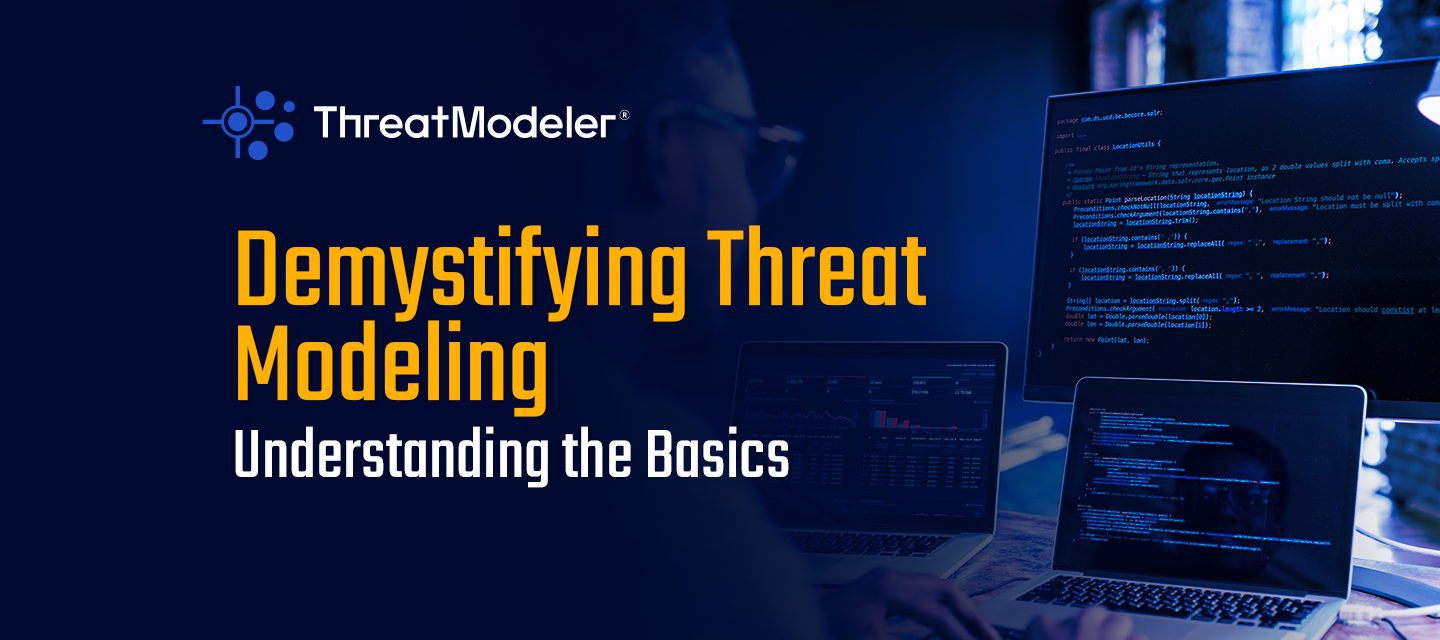In today's digital age, cybersecurity threats pose significant risks to organizations of all sizes. To mitigate these risks, many organizations turn to threat modeling—a proactive approach to identifying and addressing potential security vulnerabilities. While the concept of threat modeling may seem daunting at first, understanding its principles and methodologies can empower organizations to bolster their security defenses effectively.
What is Threat Modeling
At its core, threat modeling is a systematic approach to evaluating the security posture of systems and processes. It involves identifying potential threats, assessing vulnerabilities, and implementing controls to mitigate risks. By conducting threat modeling, organizations can proactively safeguard their assets from malicious actors.
Key Components of Effective Threat Modeling
Threat modeling typically involves several key components:
- Asset Identification: Identifying the valuable assets within an organization that need protection, such as sensitive data or critical infrastructure.
- Threat Identification: Identifying potential threats and vulnerabilities that could compromise the security of these assets. This includes understanding adversaries, potential misuse and abuse, and modeling potential attacks.
- Risk Assessment: Assessing the likelihood and potential impact of these threats exploiting vulnerabilities, allowing organizations to prioritize their security efforts.
- Mitigation Strategies: Developing and implementing strategies to mitigate the identified risks, such as implementing security controls or enhancing incident response capabilities.
- Scalability: Ensuring that the threat modeling process is scalable to accommodate the evolving needs and complexities of the organization's systems and processes. This involves designing flexible methodologies and frameworks that can adapt to changing environments and requirements. It's important not to limit threat modeling to a short checklist; it should be comprehensive and adaptable.
Benefits of Threat Modeling
Threat modeling offers several benefits for organizations:
- Proactive Security: Identifying and addressing potential security risks before they can be exploited.
- Cost Savings: Avoiding costly security breaches and mitigating the risk of regulatory fines.
- Improved Collaboration: Encouraging collaboration between different stakeholders, fostering a culture of security awareness.
- Compliance Assurance: Helping organizations comply with industry regulations and standards.
Final Thoughts: The Path Forward with Threat Modeling
Threat modeling is a powerful tool for organizations looking to enhance their security posture and mitigate potential risks. By understanding its basics and aligning with effective methodologies like VAST, organizations can proactively protect their assets from emerging threats in an increasingly digital world.
Take the first step towards strengthening your organization's security defenses with threat modeling today. Contact us to learn more about how we can help you implement a comprehensive threat modeling strategy tailored to your organization's needs.


